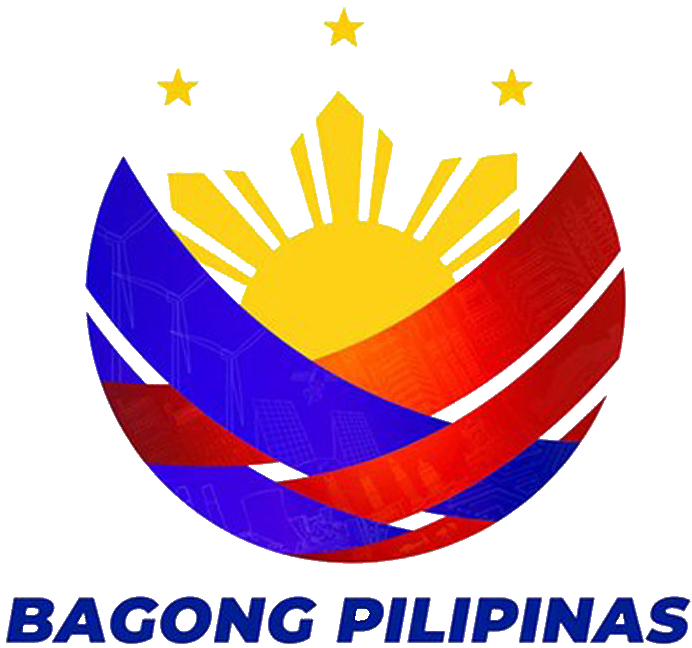Cagayan is one of the earliest provinces established in the Spanish colonial period covering the whole northeastern part of the island of Luzon which includes the present provinces of Isabela, Quirino, Nueva Vizcaya, Batanes and portions of Kalinga and Apayao, plus some small islands on the Balintang channel, and was known as ‘La Provincia de Cagayan.’ protected on its eastern side by the Sierra Madre, on the west by the Cordillera, on the south by
the Caraballo range, and on the north by a chain of sentinel islets called the Babuyanes. The former capital was Cuidad Nueva Segovia, (present-day Lal-lo)
which also served as the seat of the Diocese of Nueva Segovia whose ecclesiastical territory once included the entire Northern Luzon area from Pangasinan to the Batanes islands.
The ancient Terra Cagayana was home to prehistoric civilization with rich and diverse culture. According to archaeologists, the earliest man in the Philippines lived in Cagayan thousands of years ago. Pieces of evidence to this effect are now convincing beyond scientific doubt to consider it as an incontestable fact with the landmark discovery of the Homo luzonensis, a previously unknown specie of hominin found in Callao Cave in Peñablanca, Cagayan.
It is now considered the oldest human remains found in the Philippines.
The pacification and settlement of the Cagayan proceeded slowly because of the hostility of the natives who were indisposed to colonization. Christian evangelization began in 1596 with the arrival of Dominican missionaries in Cagayan. Revolts continued to rock the province and threatened to supplant the Spanish colonial government in the area. These revolts found a continuing reservoir of support from the unconverted highland peoples who continually harassed the Christian settlement of the valley.
In the late 18th century, Cagayan felt the full impact of the tobacco monopoly. Cultivation of tobacco, which was an important article of trade and consumption, was initially prohibited. Anti-monopoly revolts broke out in 1787 and many settlements near the highlands were abandoned by natives who wanted to continue cultivating tobacco. Ten years later, tobacco cultivation was allowed in the valley and Cagayan soon became the single largest source of the cash crop in the archipelago. Ilokano migration into the valley facilitated the expansion of agriculture in the region. By the middle of the 19th century, the great number of Ilokano settlers allowed the Iloko language to supplant Ybanag as the regional lingua franca.
Under the Spaniards, the whole northeastern part of the island of Luzon, plus some small islands in the Balintang Channel constituted a single province of Cagayan. In 1839 the southern half of the valley was formed into a politico-military district of Nueva Vizcaya. In 1856, parts of Cagayan and Nueva Vizcaya were formed into the province of Isabela. Cagayan lost more territory with the formation of the partido of Itawes in 1889 and the comandancia of Apayao in 1890. The Americans delineated the present day limits of Cagayan in 1908.
In 1901, the United States Philippine Commission enacted Act No. 209 which in effect established the Provincial Government of Cagayan. In 1917, as contained in Act No. 2711, Cagayan was recognized as a grand division of the Philippine Islands. The province then comprised of 24 municipalities with Tuguegarao as its capital town.
During the Second World War, Japanese units landed in Aparri town a few days after the bombing of Pearl Harbor in December 1941. The valley again figured prominently in the plans of Japanese forces to defend it as a secure line of retreat to Taiwan in 1945. Filipino guerillas and American forces from Ilocos formally drove the Japanese to the Cordilleras.









